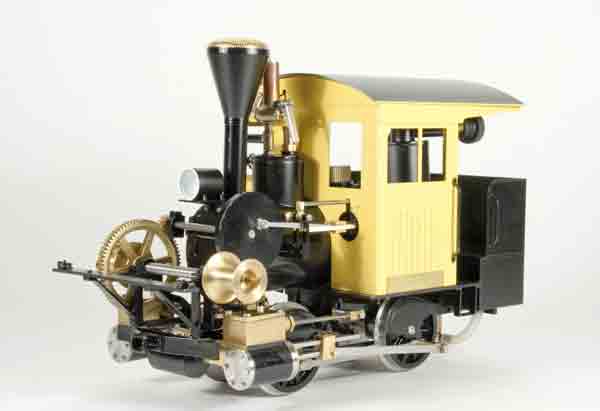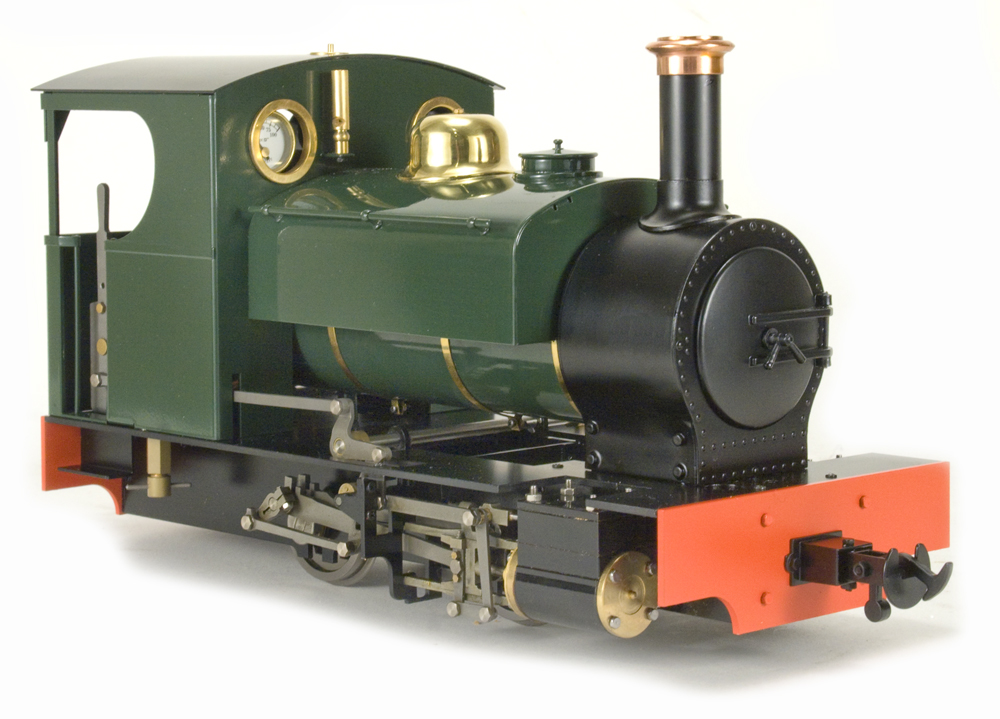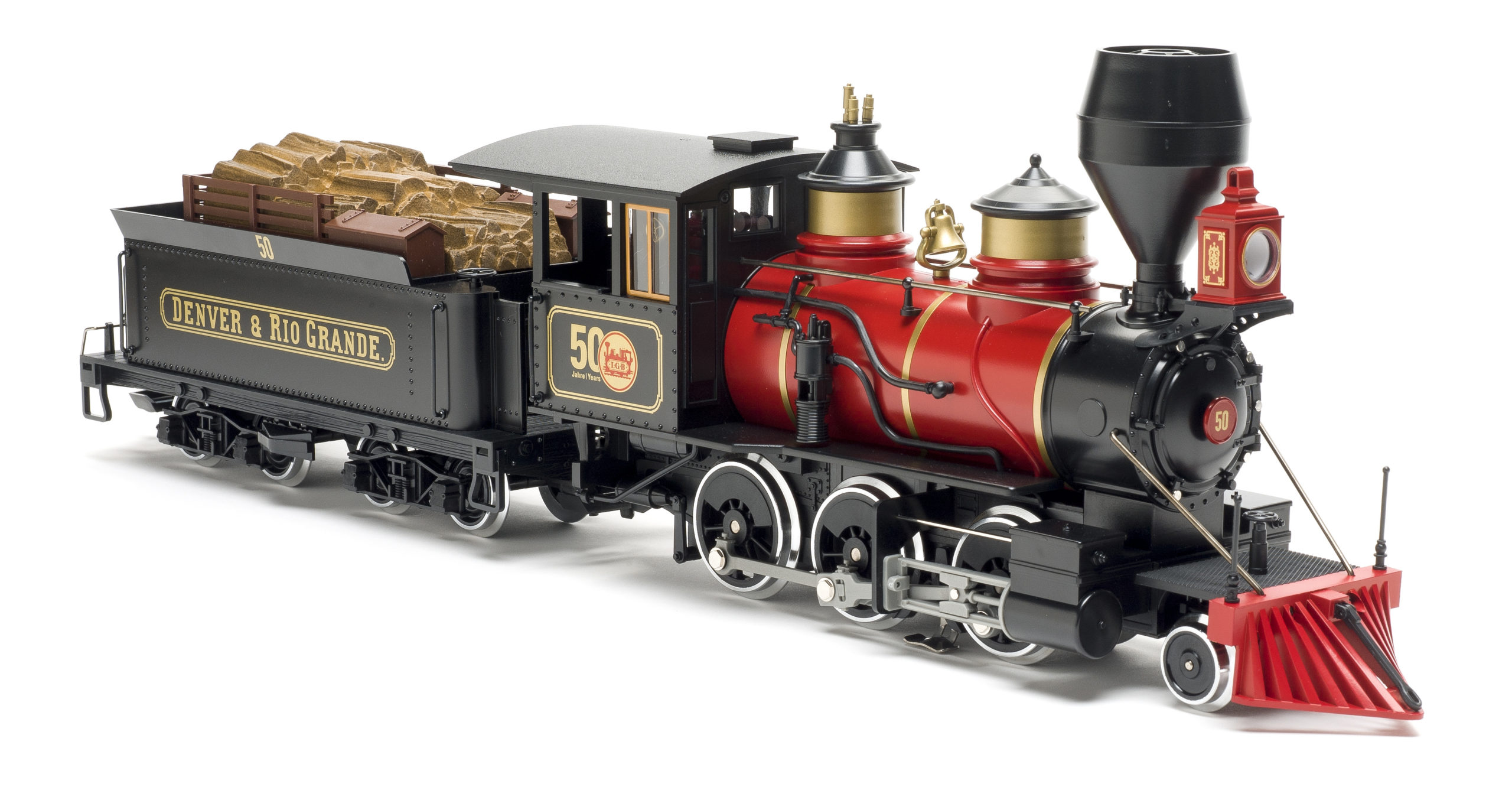I’ll address these points one by one. The running time of this second engine may or may not have been affected by the jet size—see below. Moving the lubricator forward by a single millimeter is negligible—it’s still awkward to get at. However, making the oil filler hole bigger is a definite improvement, making refilling the lubricator easier.
Moving the safety valve to the top of the steam dome, behind the whistle, is also good. It removes it from the cab, where its position hampered access to the filler plug, and puts it in a more prototypical place. The fixed water-tank top in the cab is also an improvement but now necessitates the use of a large syringe adding water.
In comparing the new model with the old, I noticed several small differences in details, such as handrails and paint. The axle pump is a little higher, too, which is good, as it will not foul the switches.
Another big improvement I noticed was the pressure gauge. The first model had one that simply did not work. The improved version has a beautiful little gauge that functions perfectly.
For the test run I prepared the engine in the usual way, then fired it up on my indoor track. Pressure was up to 45 psi in around nine minutes. I opened the throttle, gave the engine a push to clear the cylinders, and it took off. This sample, like its predecessor, is fast and difficult to control. It can be throttled down to a reasonable speed, even if running light, but the track must be very level.
After 15 minutes of steady running, the boiler was out of water. There was still gas in the tank. In checking the water reservoir in the cab, I saw that the level had not dropped much, so the axle pump evidently was not working properly. If it had been, a longer run time could be expected.
The improvements that Wuhu has made to this model do help its performance and maintenance. Kudos to them for listening to their customers and taking action.














